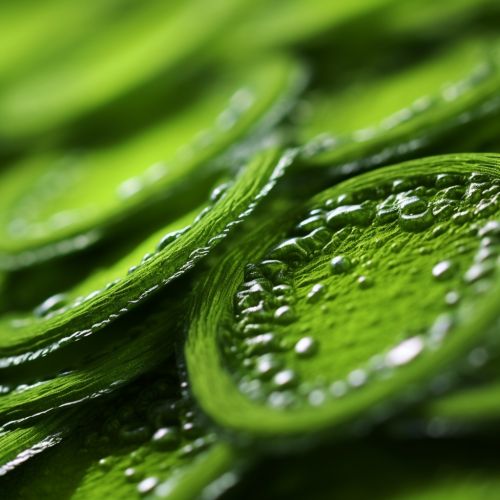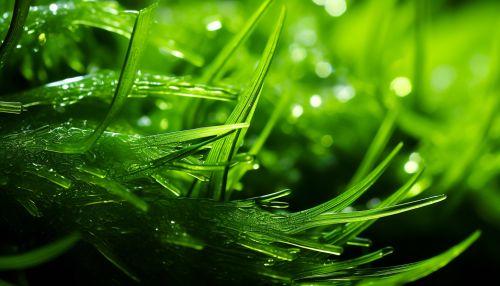The Role of Microalgae in Wastewater Treatment and Bioenergy
Introduction
Microalgae are microscopic, photosynthetic organisms that are found in both marine and freshwater environments. They play a significant role in biogeochemical cycles, as they are primary producers that convert sunlight into chemical energy, which is then used by other organisms in the ecosystem. Recently, the potential of microalgae in wastewater treatment and bioenergy production has been recognized and extensively studied.
Microalgae and Wastewater Treatment
Microalgae have been found to be highly effective in the treatment of wastewater, due to their ability to utilize nutrients such as nitrogen and phosphorus for growth. These nutrients are typically present in high concentrations in wastewater, and their removal is a key objective of wastewater treatment processes.


Microalgae-based wastewater treatment systems are typically designed as photobioreactors or open pond systems. In these systems, microalgae are cultivated in the presence of sunlight and wastewater. The microalgae utilize the nutrients in the wastewater for growth, thereby reducing the nutrient concentration in the wastewater.
The use of microalgae for wastewater treatment has several advantages over conventional wastewater treatment methods. These include the reduction of chemical usage, the production of valuable by-products such as bioenergy, and the potential for carbon sequestration.
Microalgae and Bioenergy Production
Microalgae are also being explored as a potential source of bioenergy. The high lipid content of certain microalgae species makes them suitable for the production of biodiesel, while their carbohydrate content can be used for the production of bioethanol.
The process of bioenergy production from microalgae involves the cultivation of microalgae, the harvesting of the biomass, and the extraction and conversion of the biomass into bioenergy. This process is often integrated with wastewater treatment, as the nutrients in the wastewater can be used for the cultivation of the microalgae.
Challenges and Future Directions
Despite the potential benefits of using microalgae for wastewater treatment and bioenergy production, there are several challenges that need to be addressed. These include the high cost of microalgae cultivation and harvesting, the need for efficient conversion processes, and the need for sustainable and environmentally friendly practices.
Research is currently being conducted to address these challenges and to optimize the use of microalgae in wastewater treatment and bioenergy production. This includes the development of new cultivation and harvesting techniques, the exploration of genetically modified microalgae, and the integration of microalgae-based systems with other renewable energy technologies.
